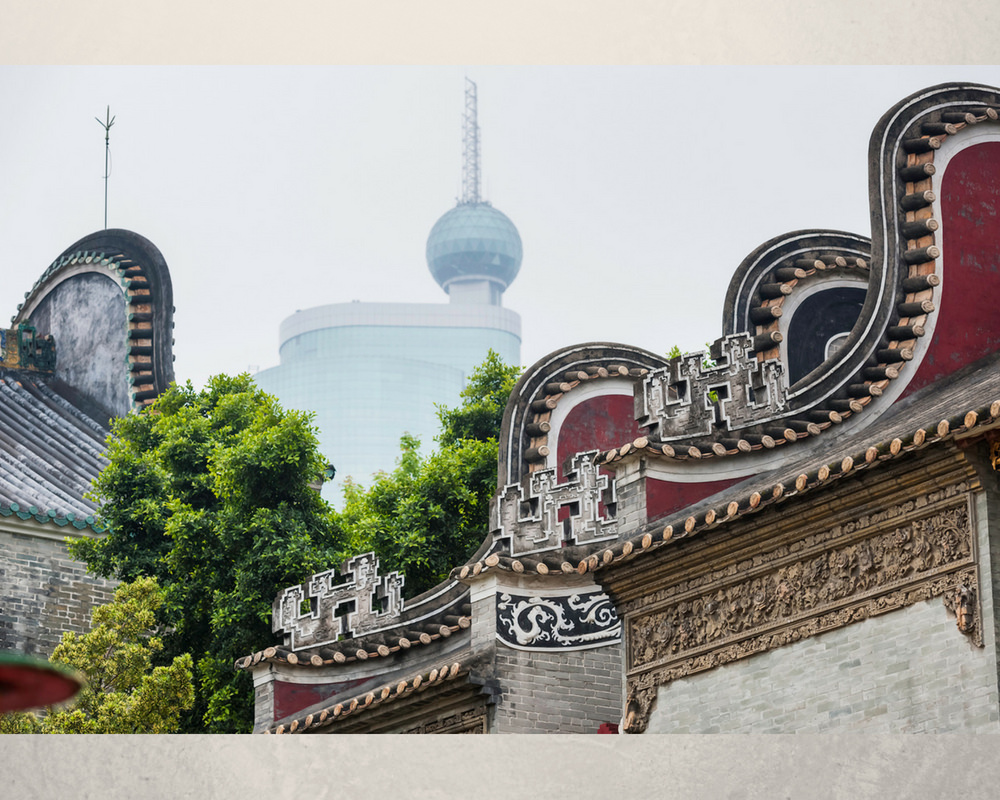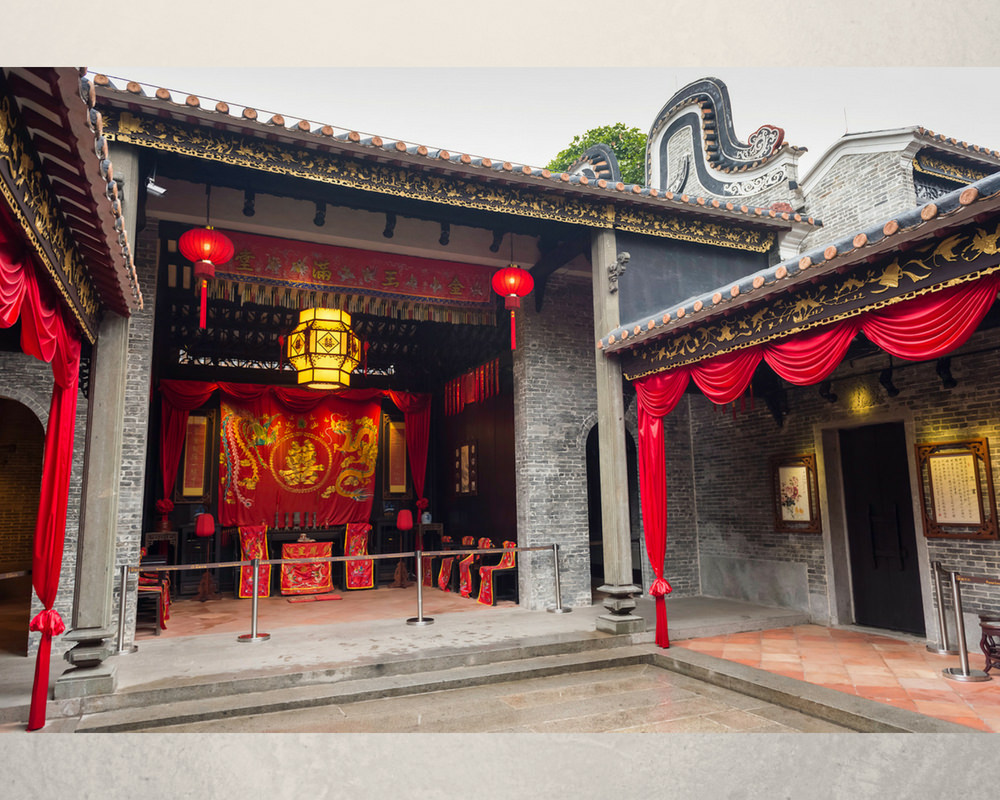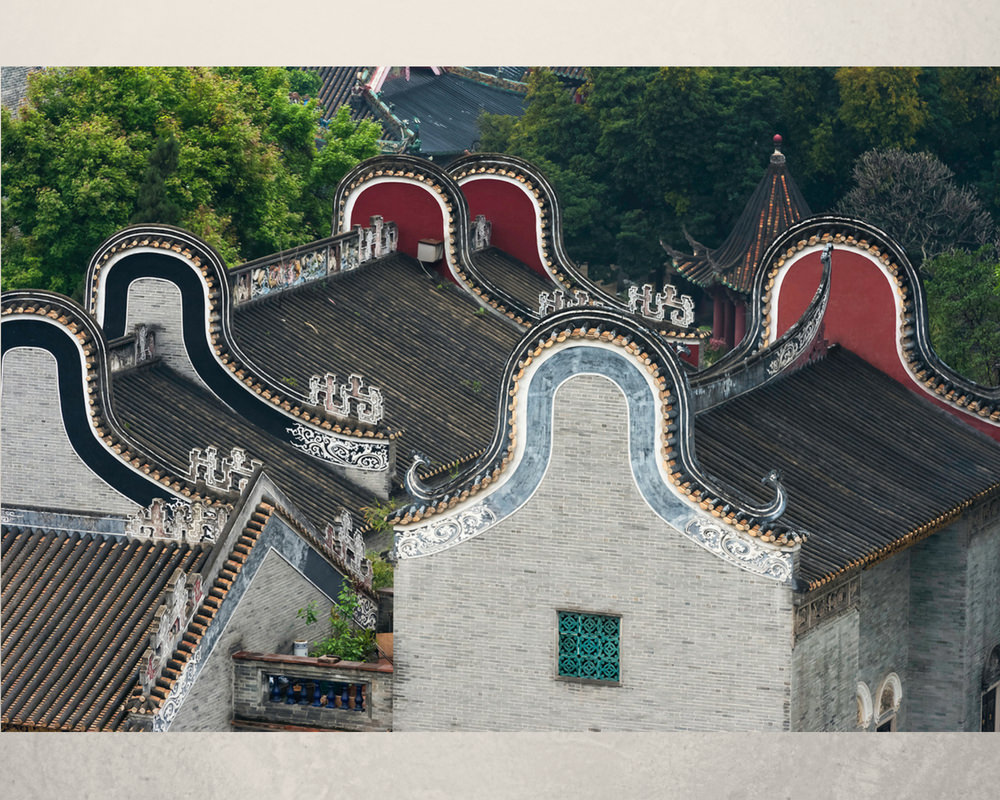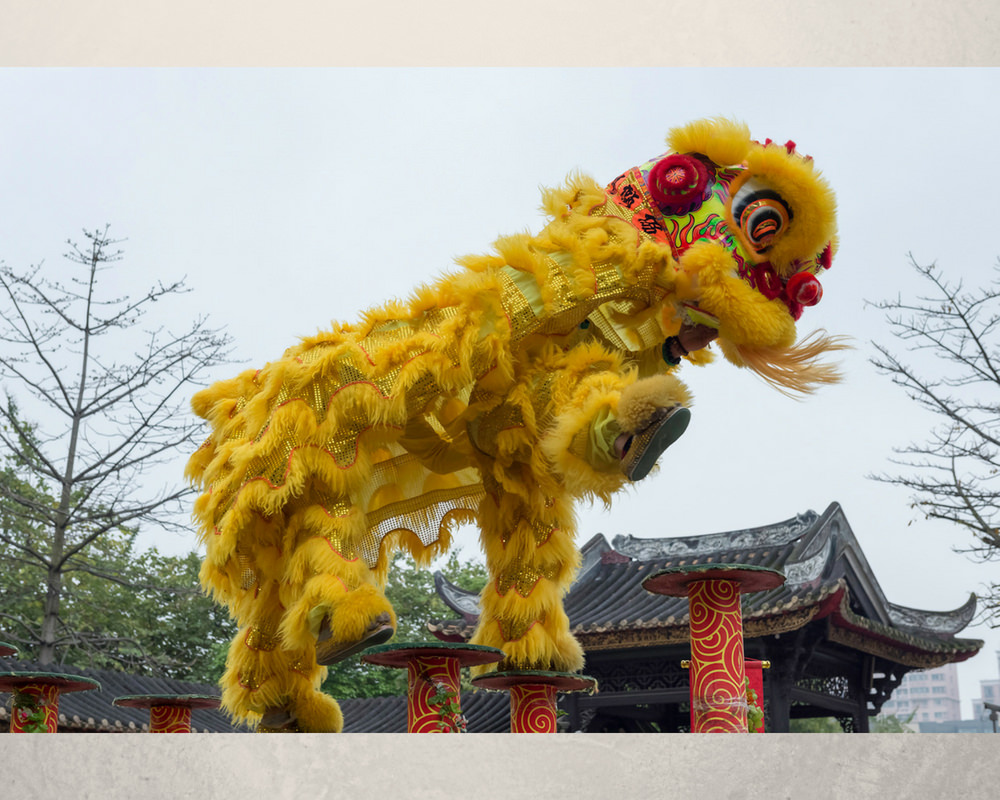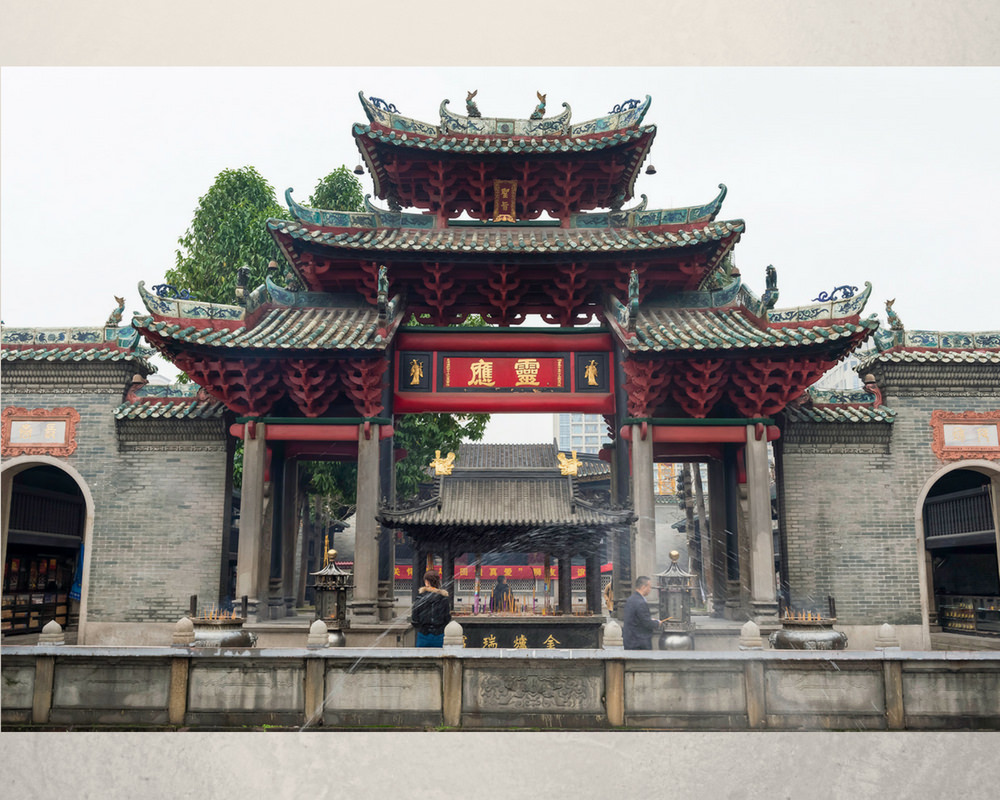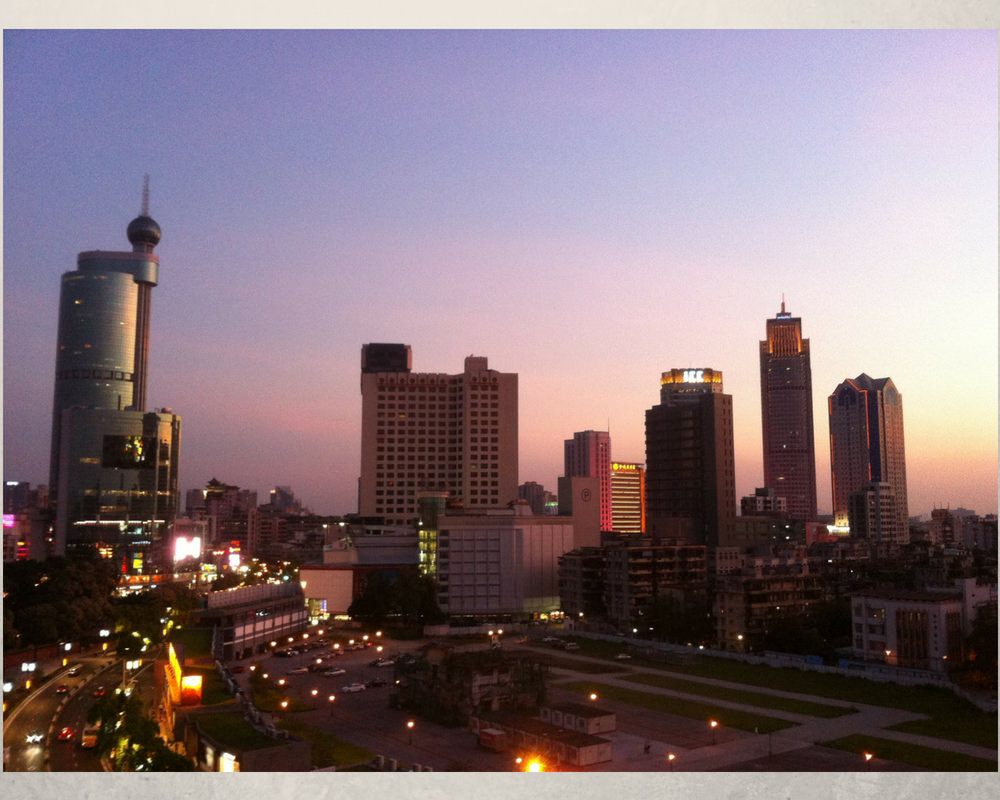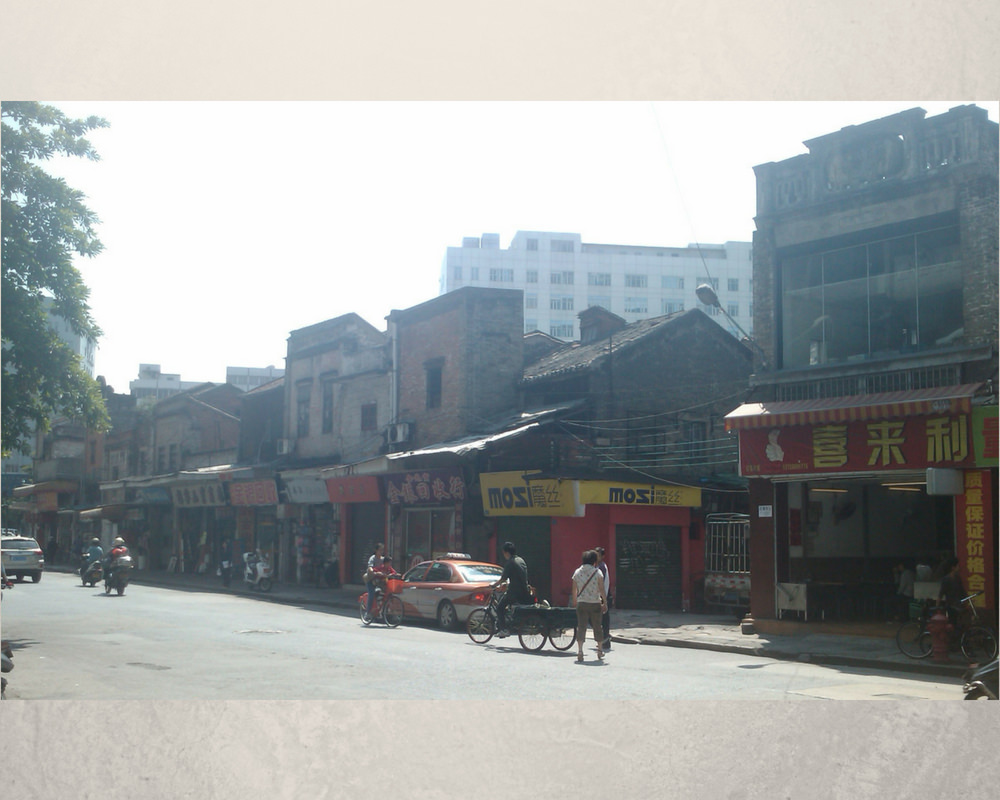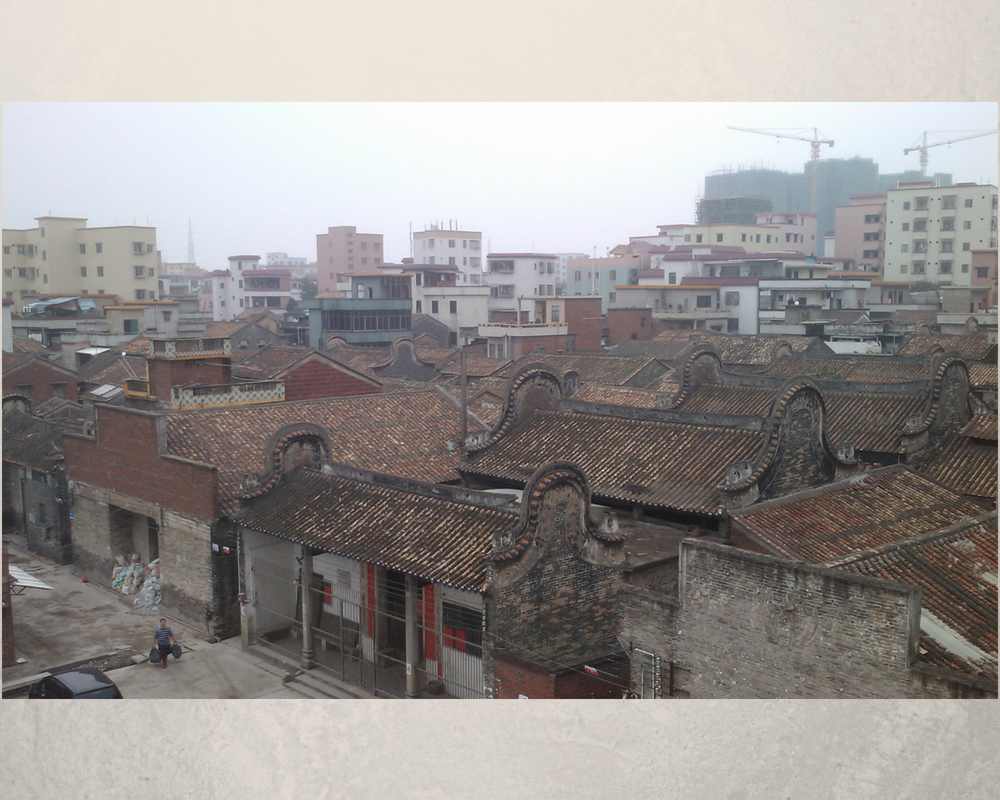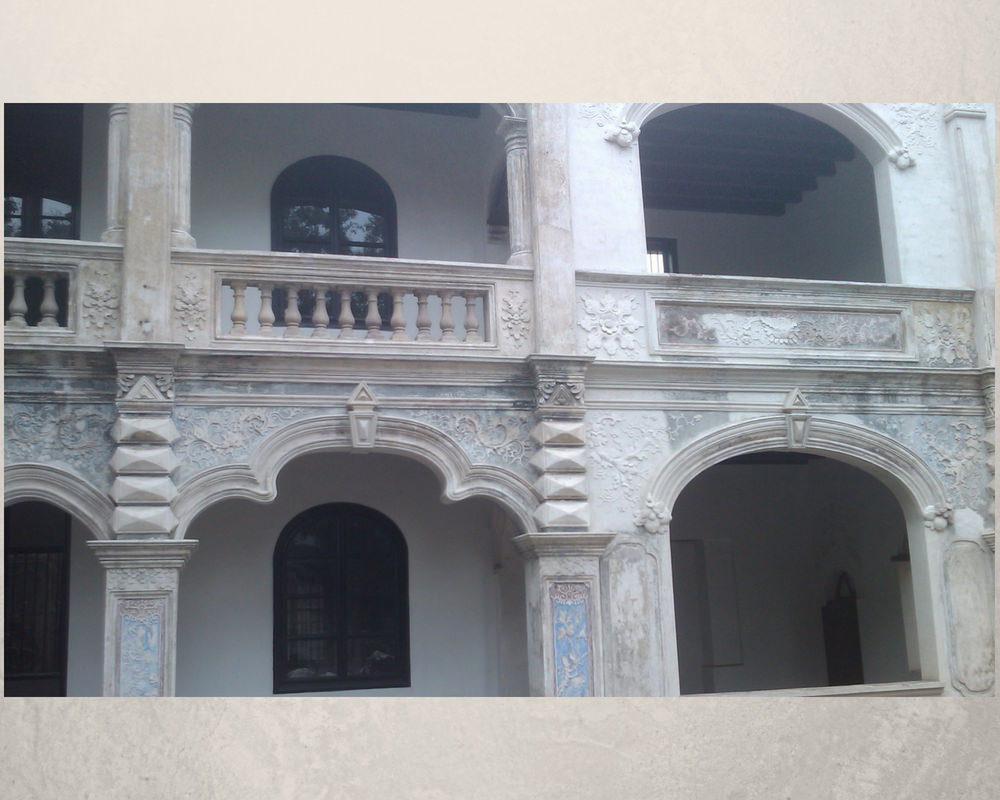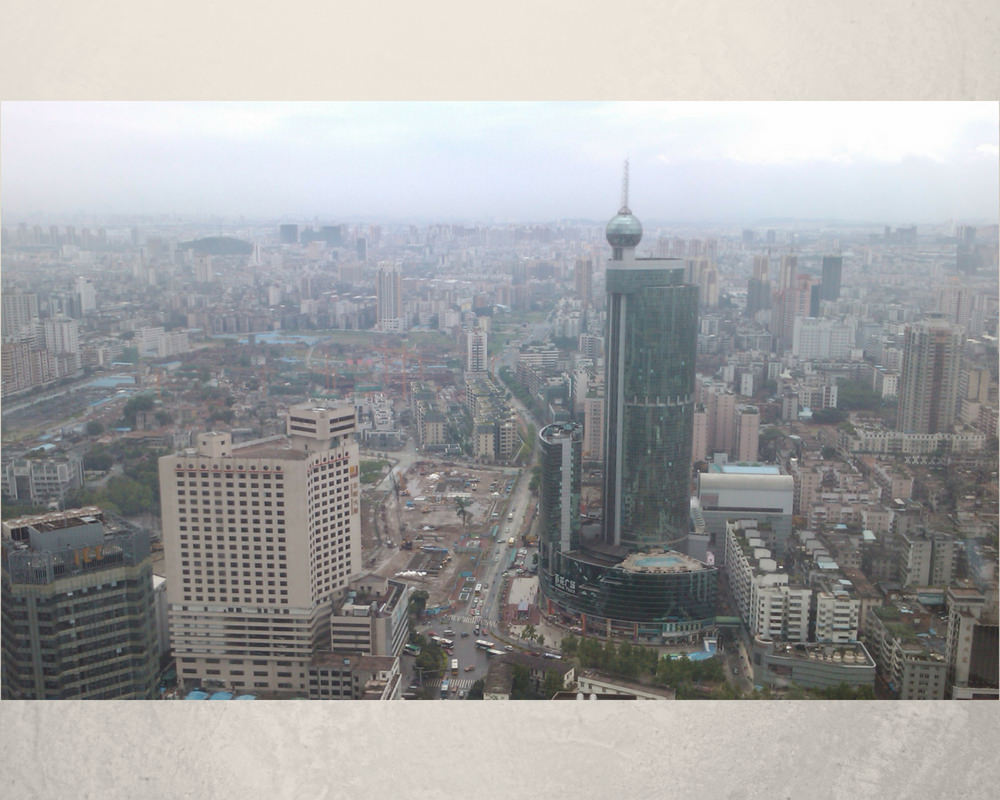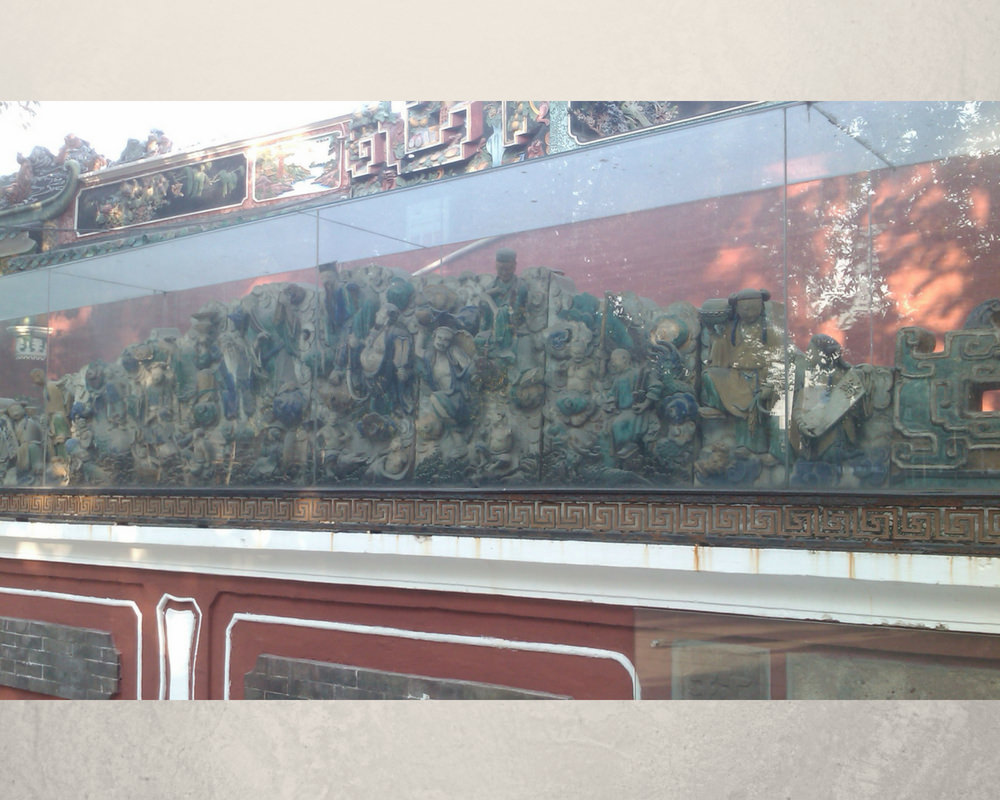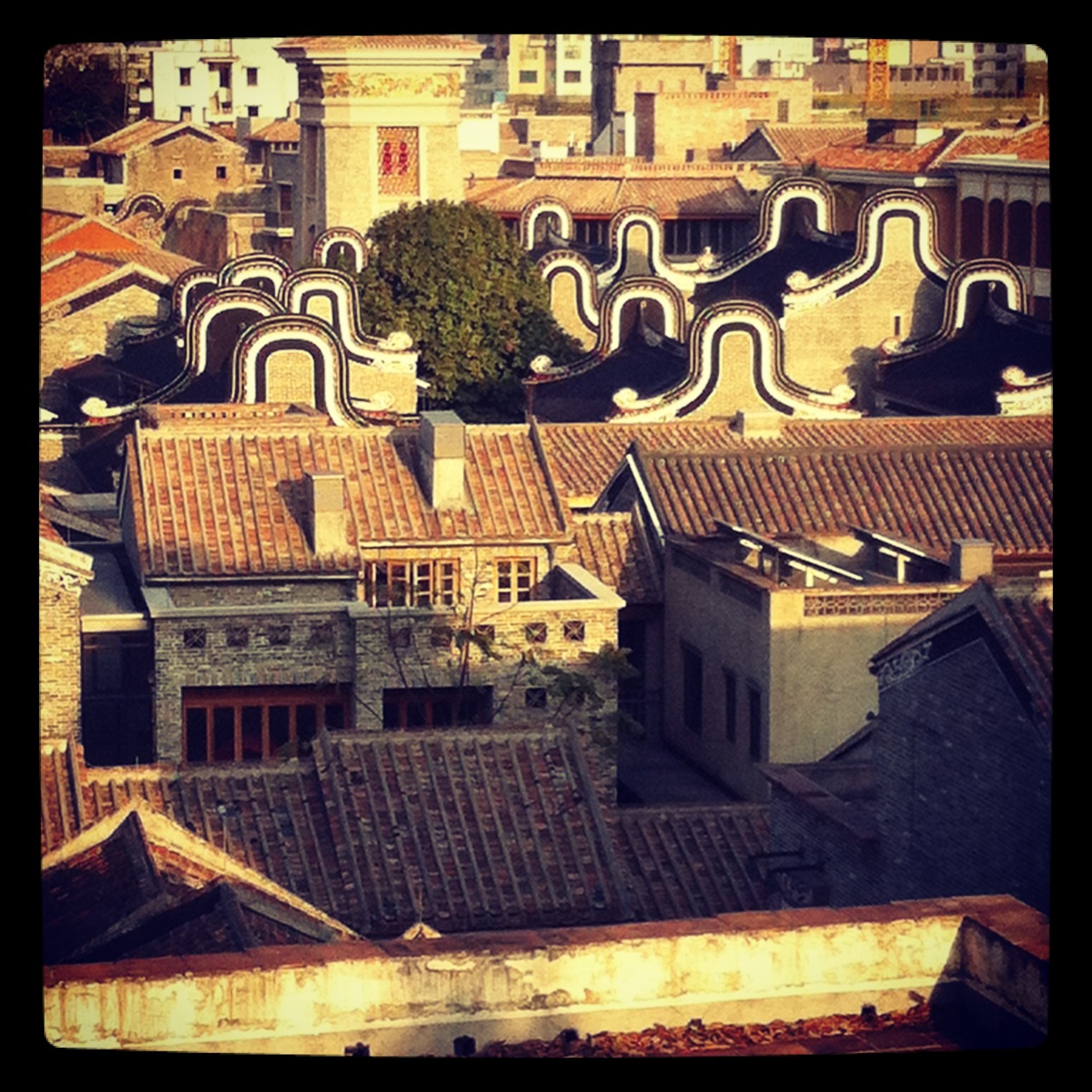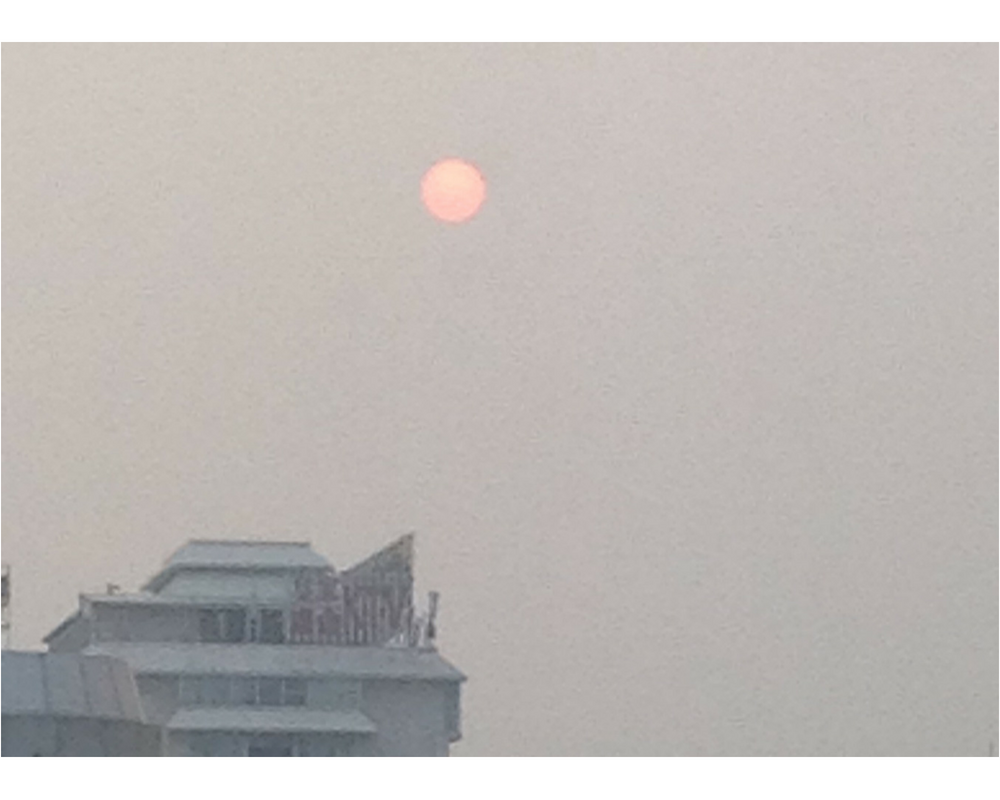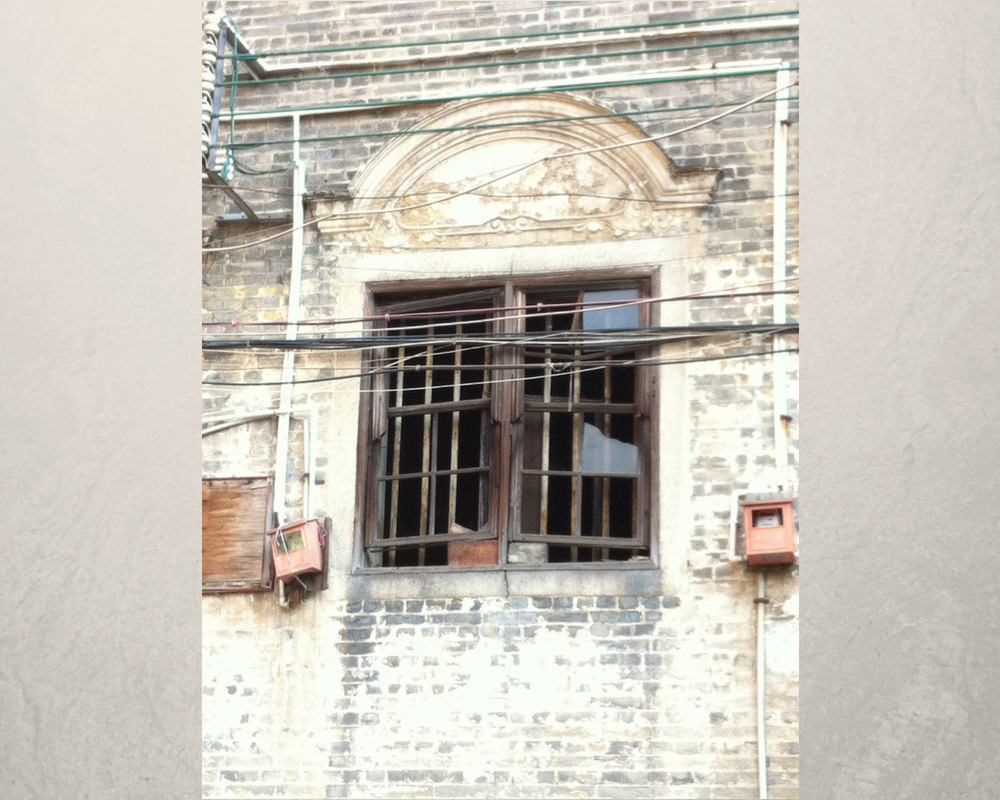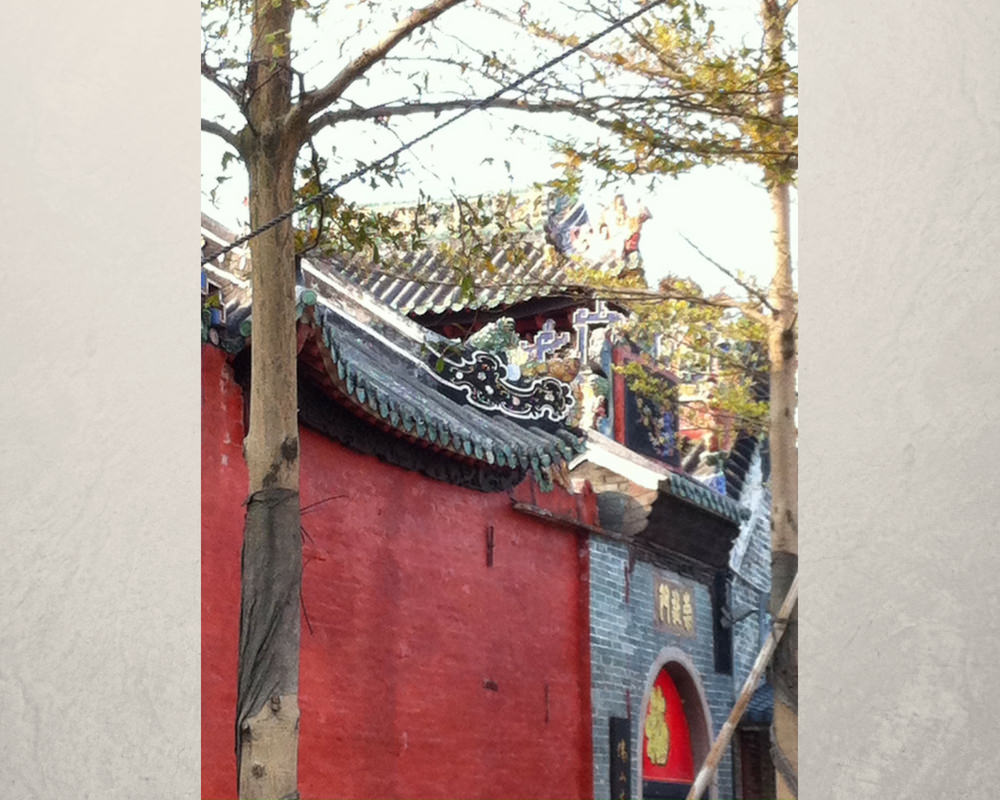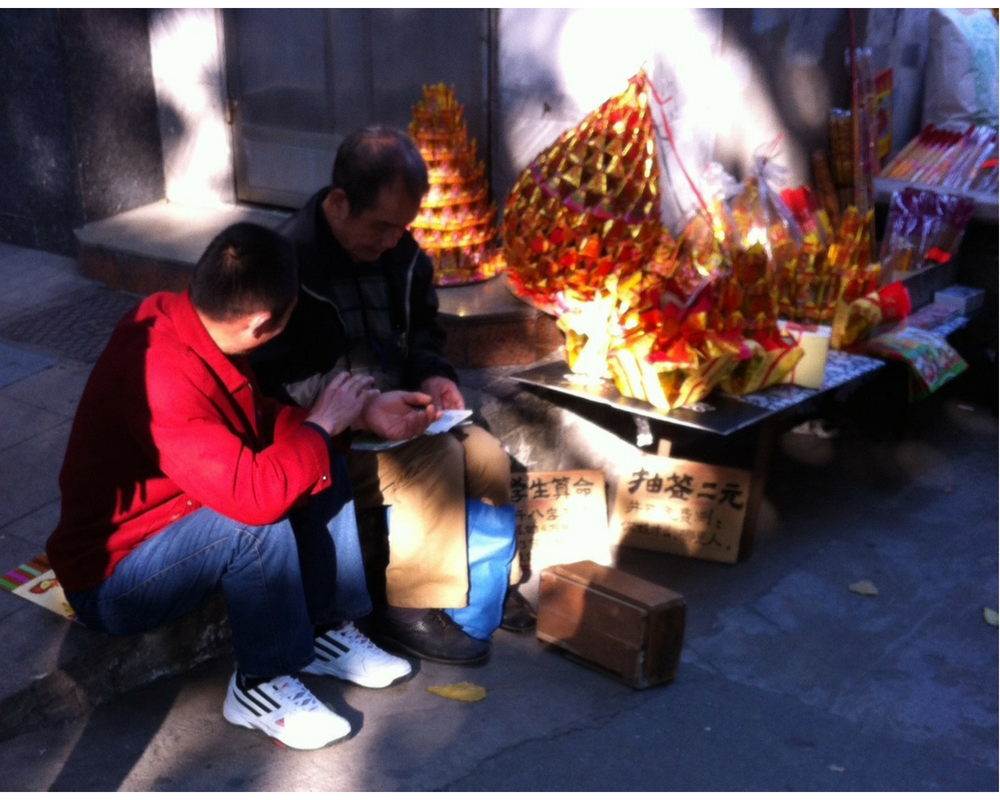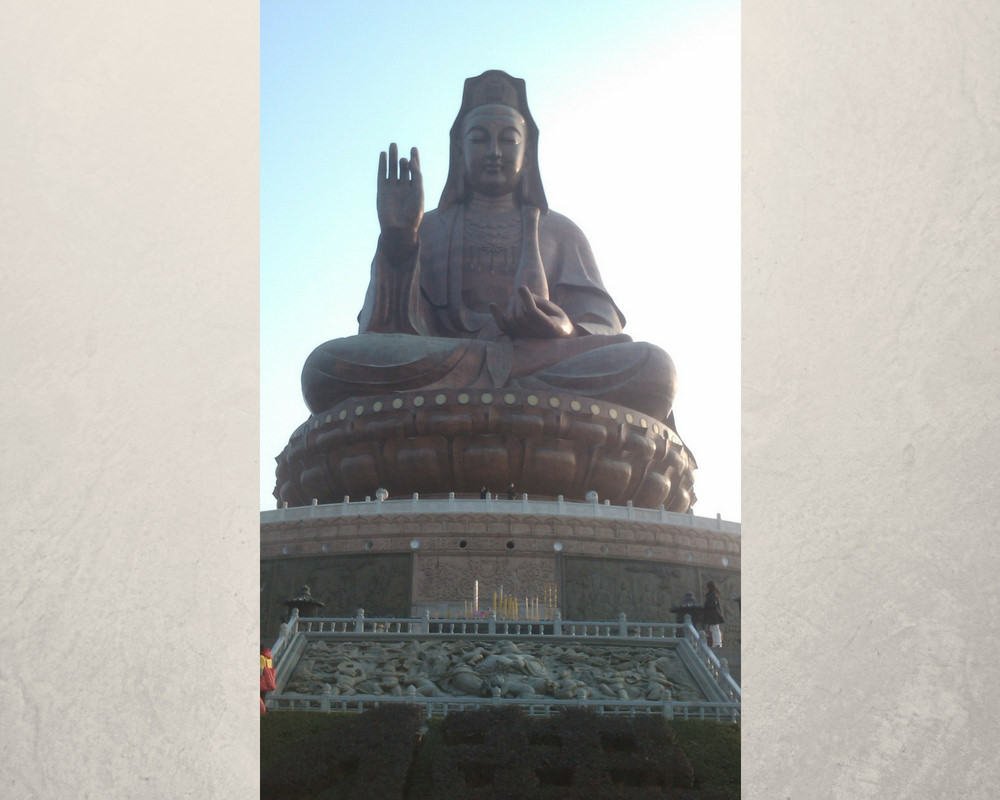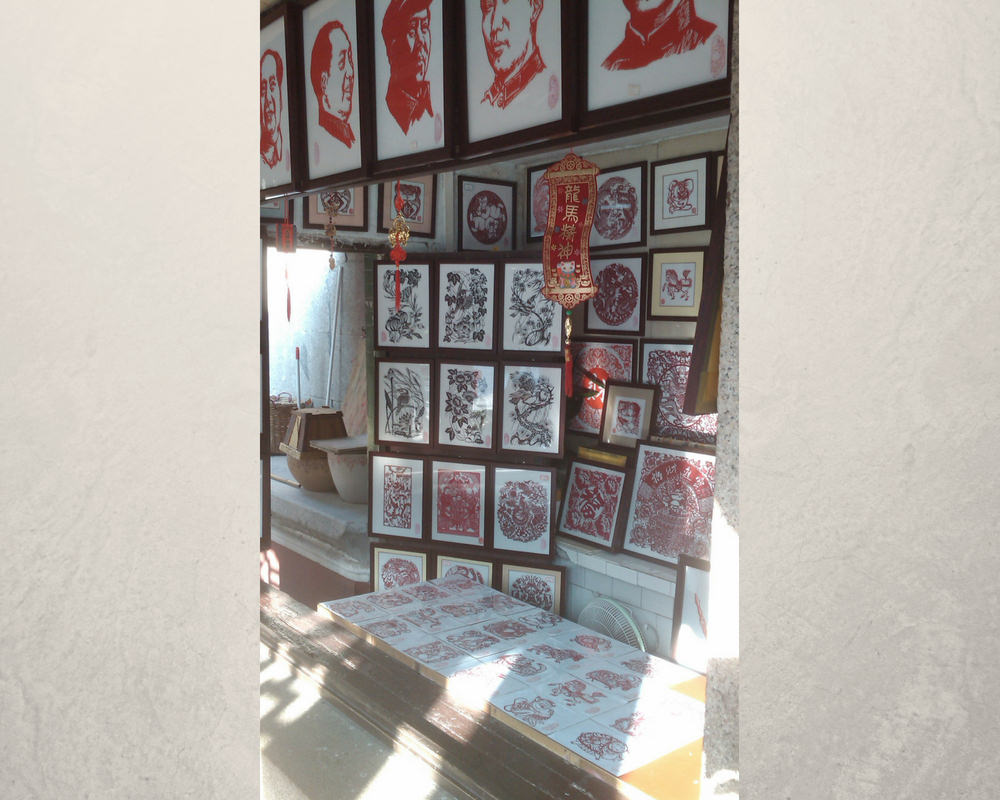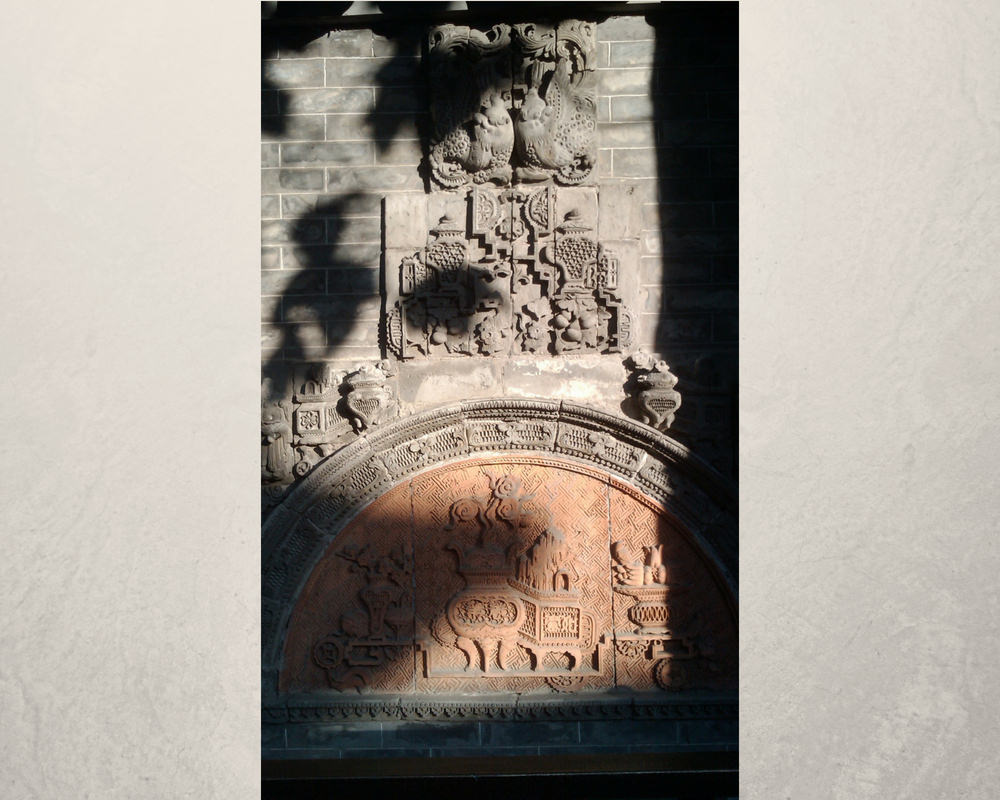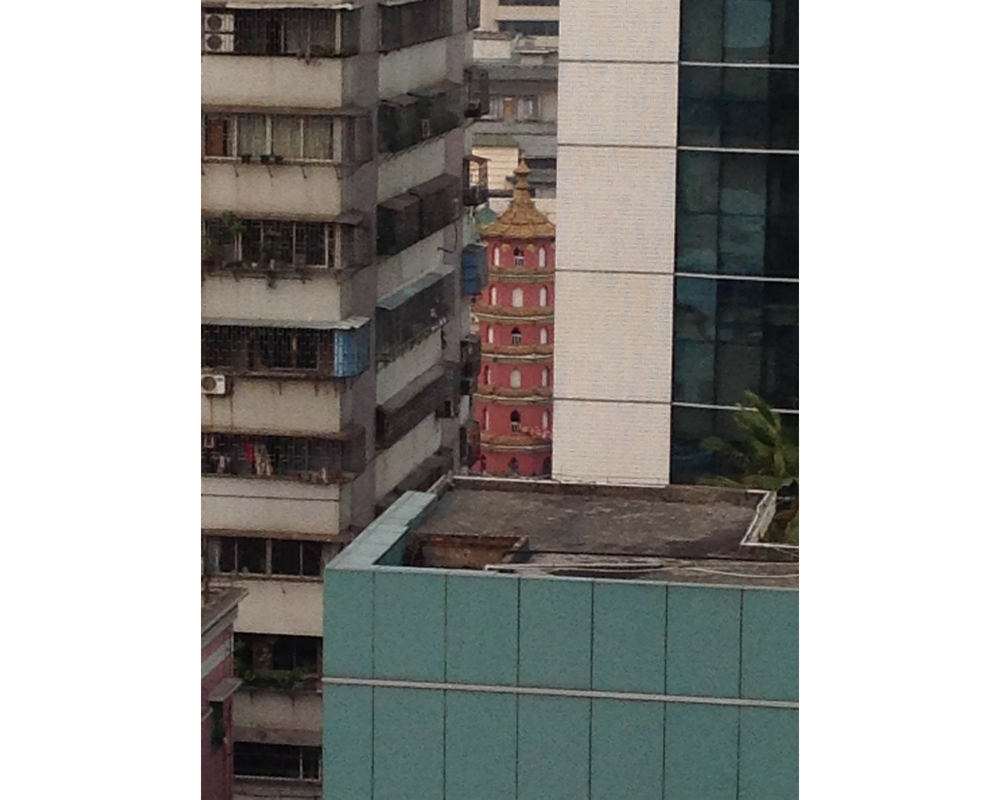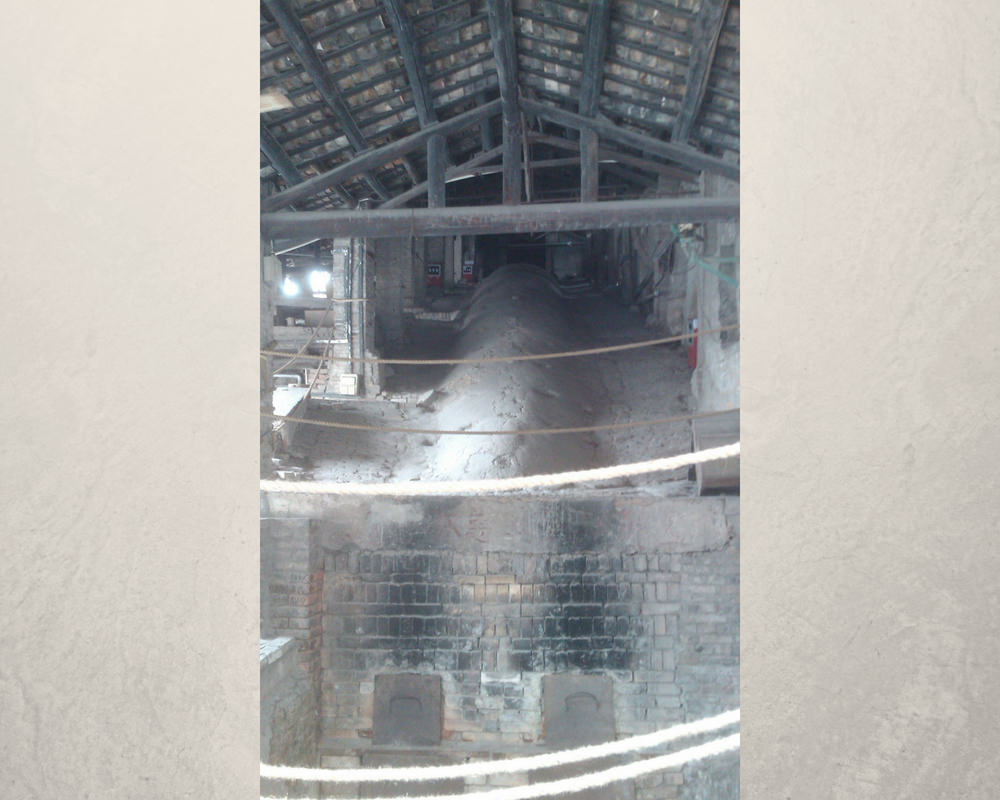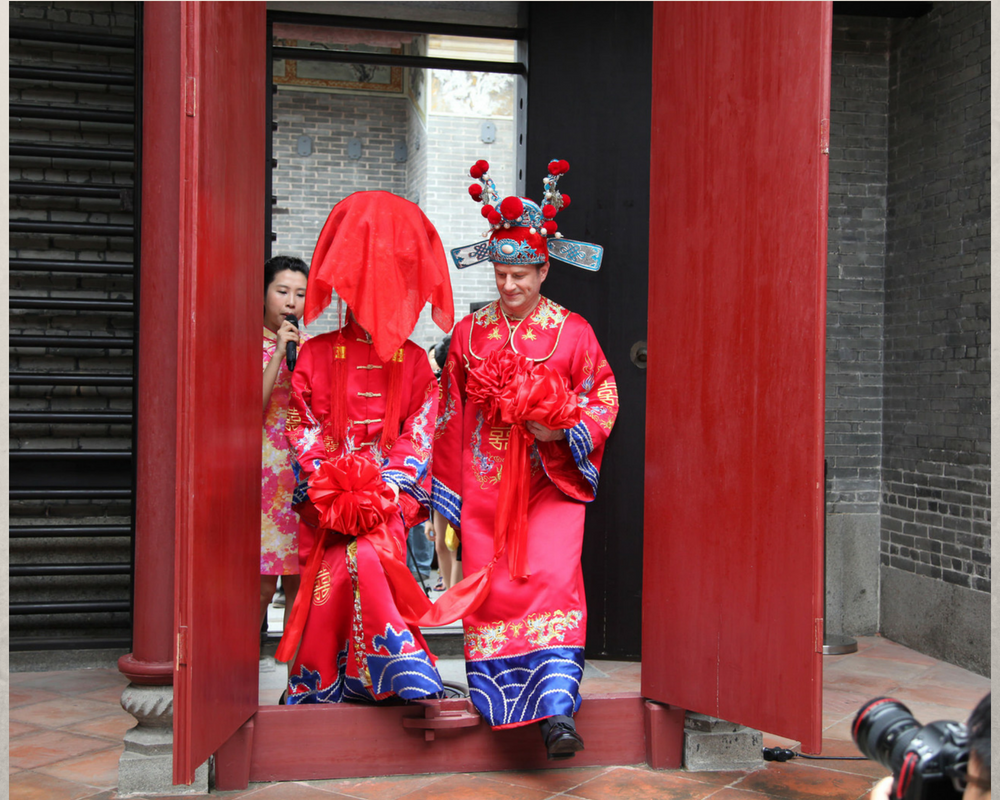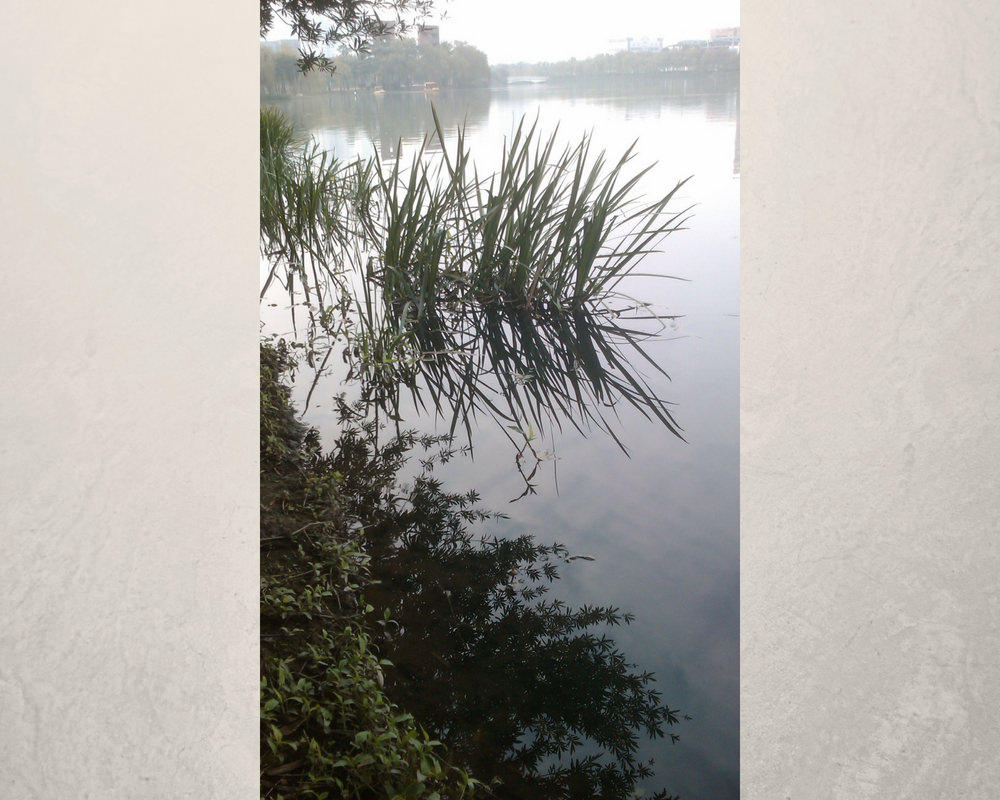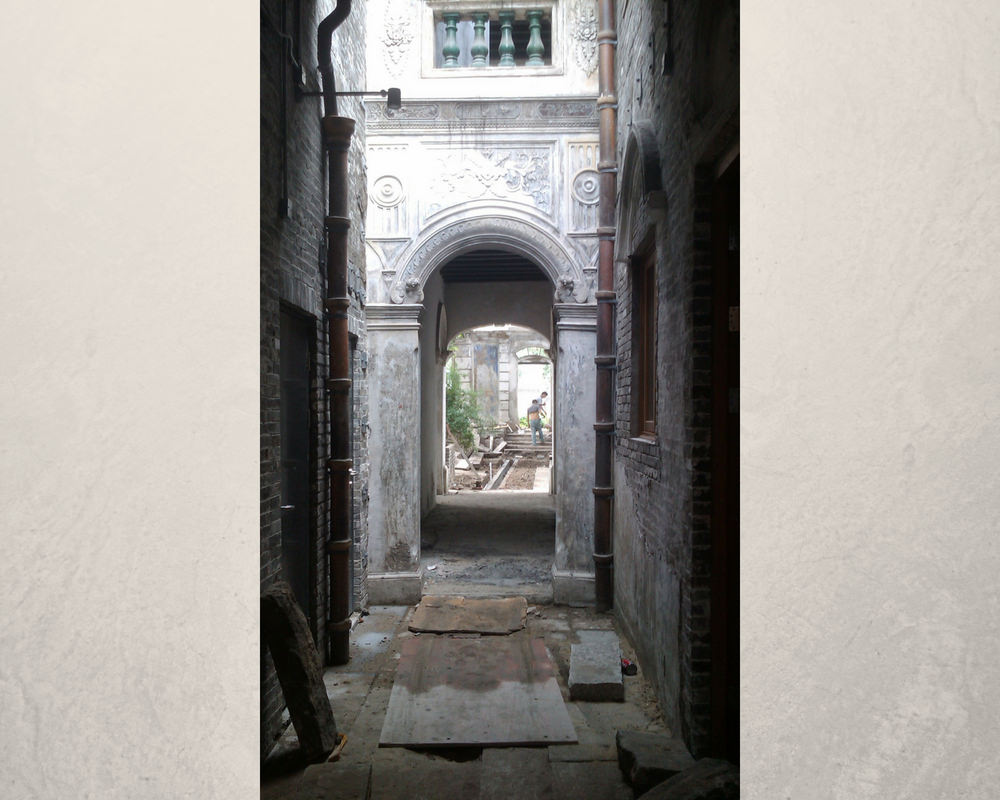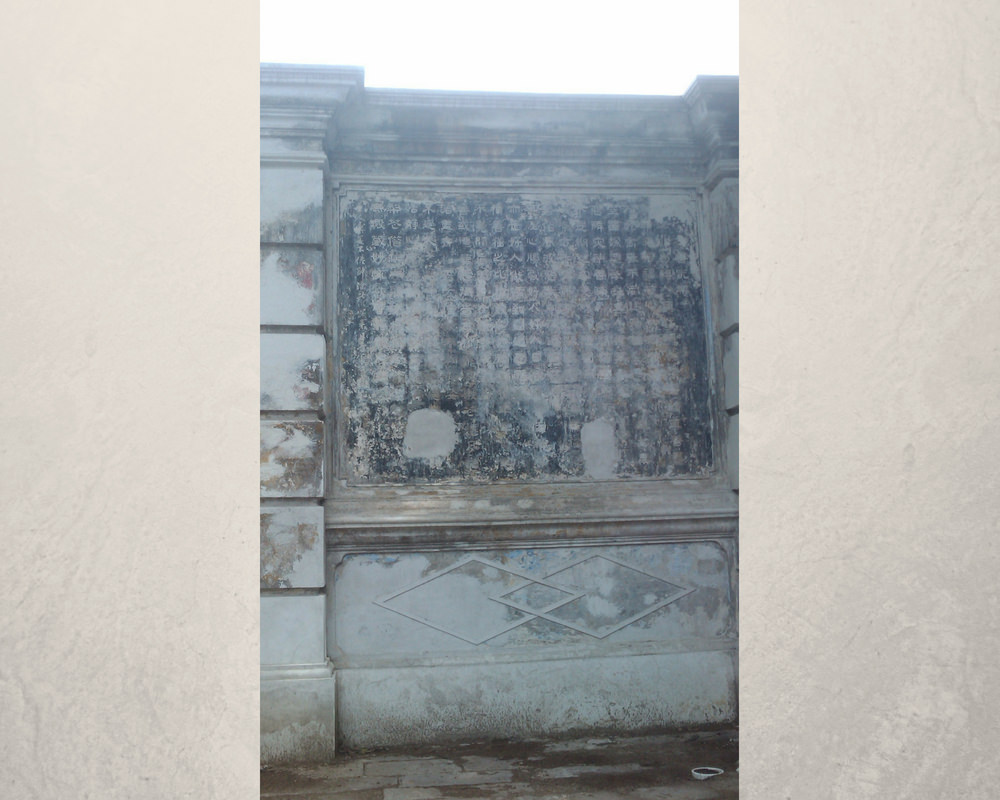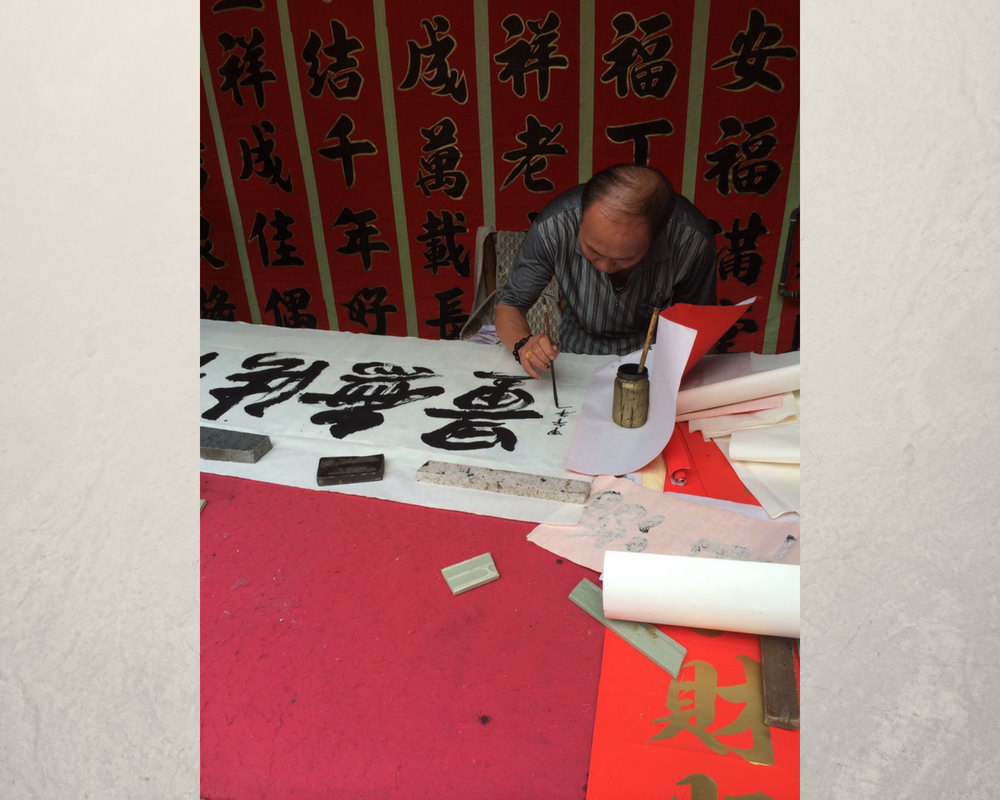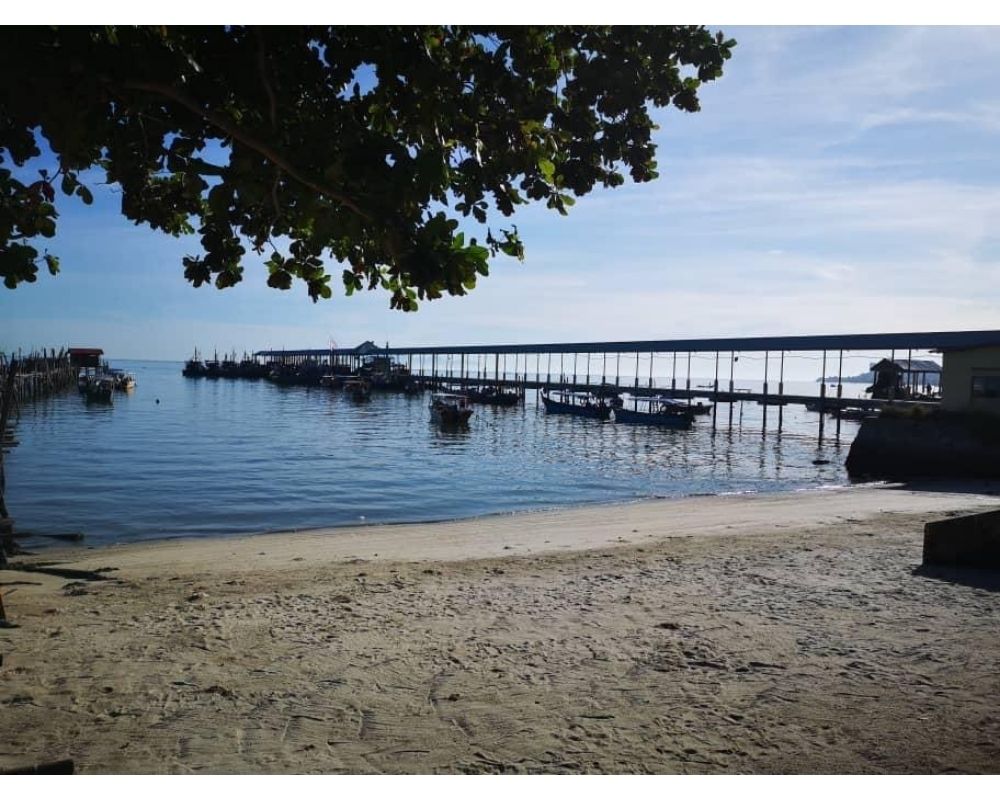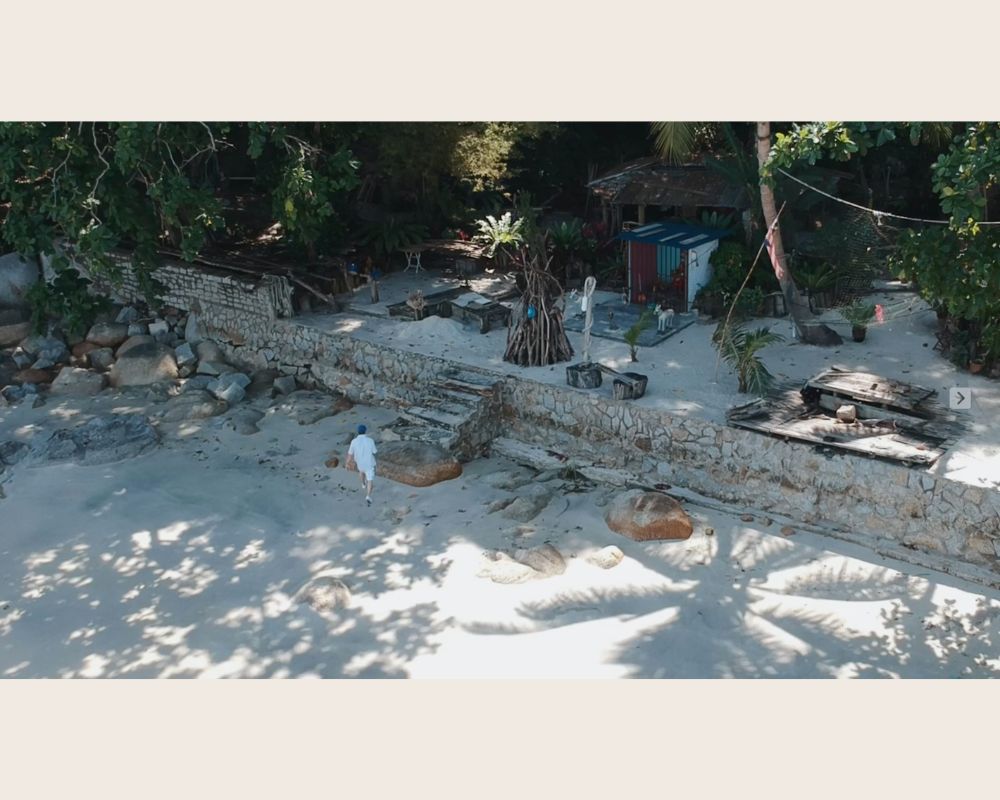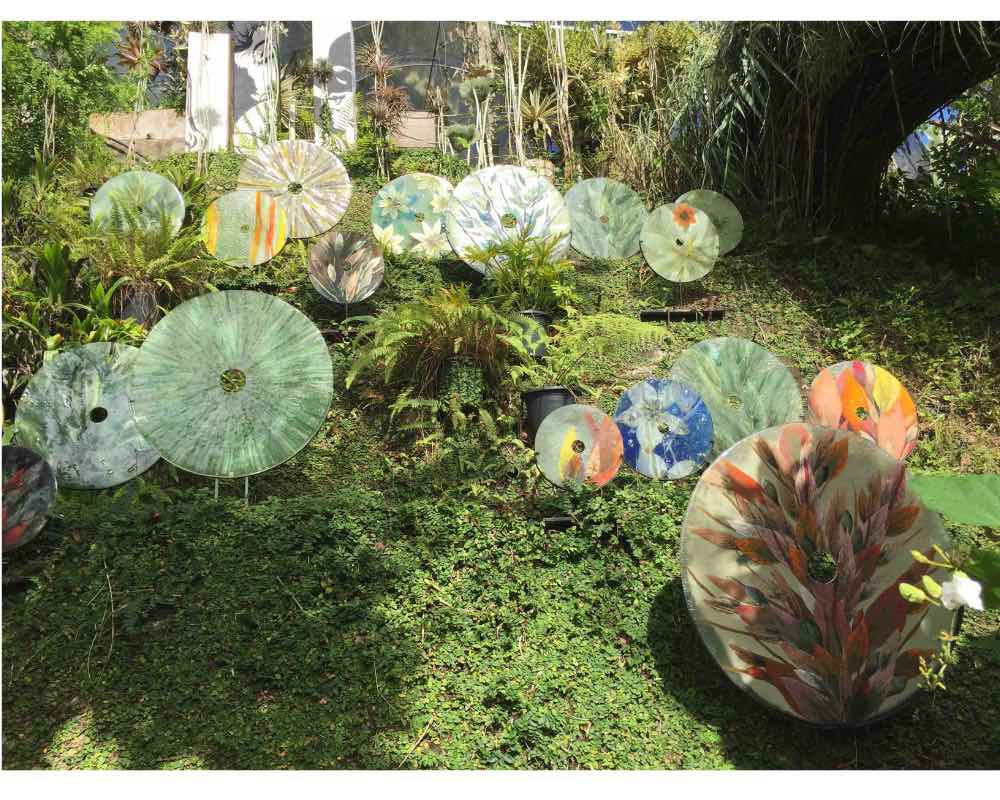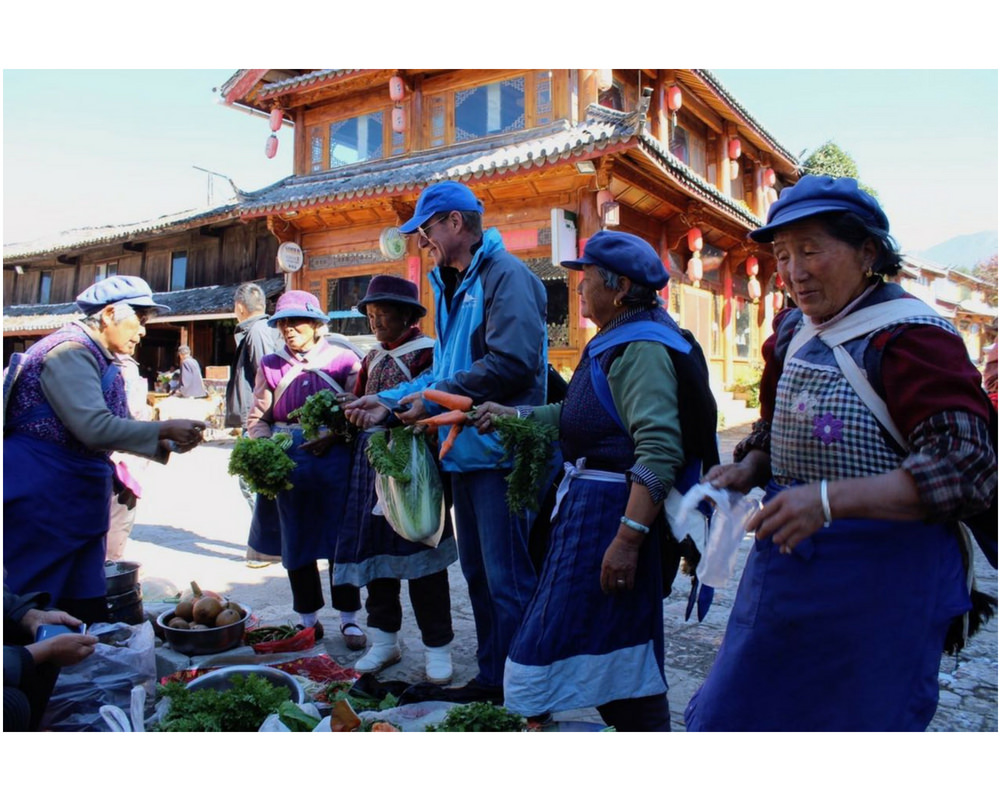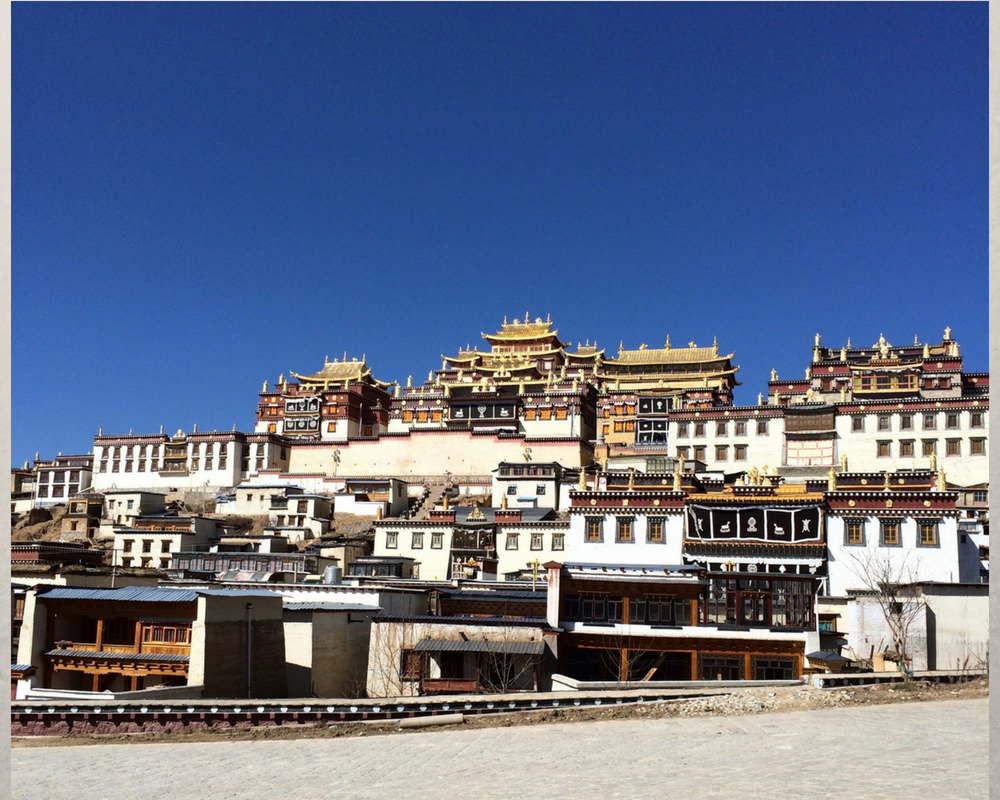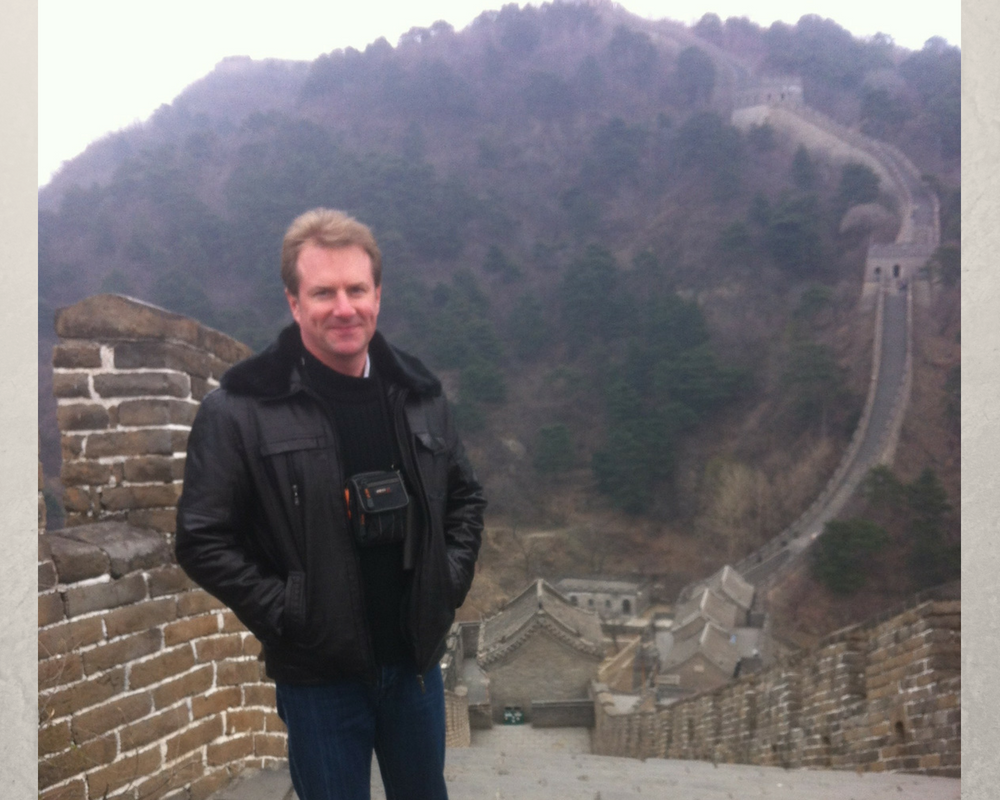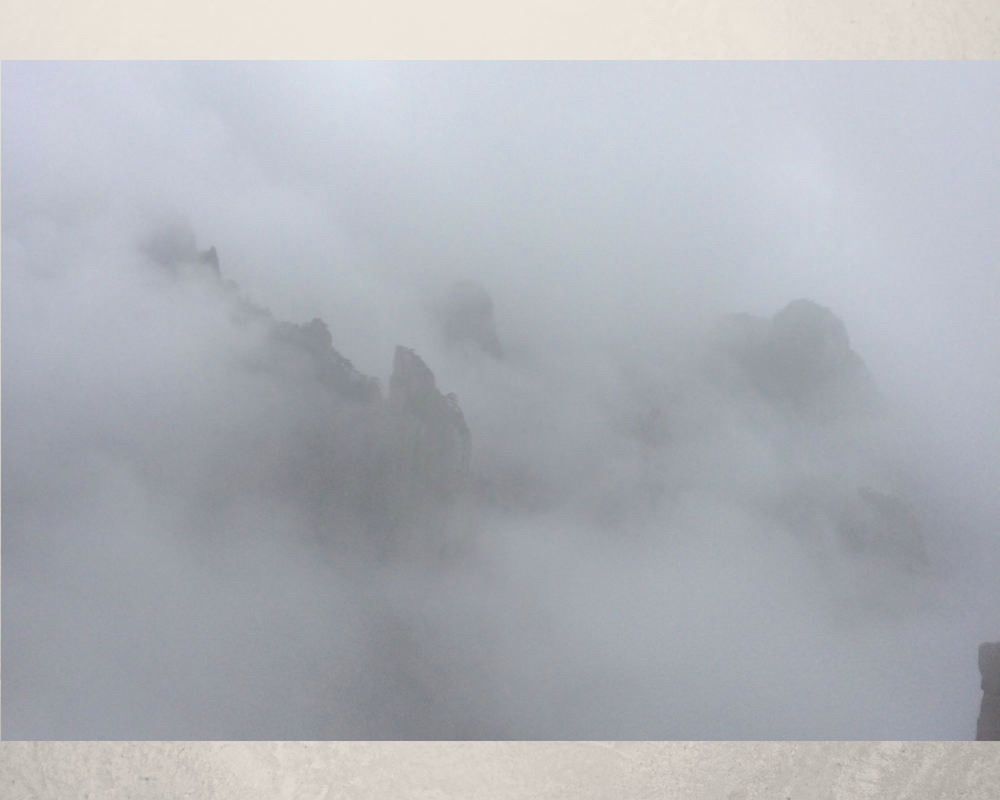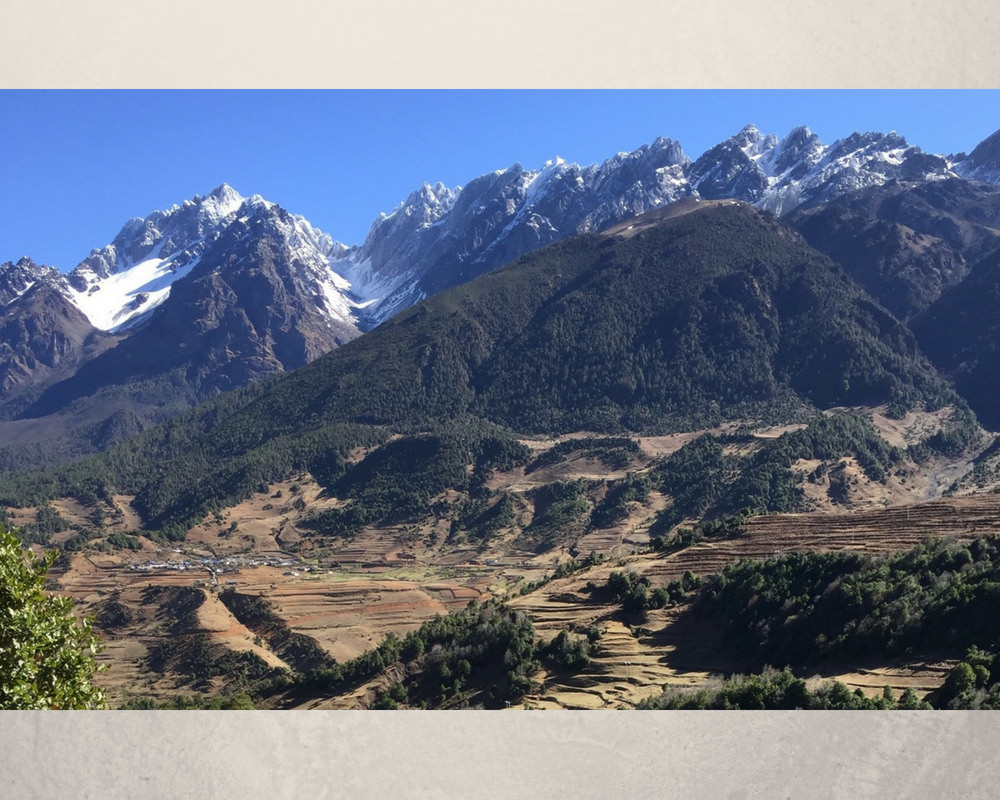Project Description
Foshan City, Guangdong
Foshan loosely means “Hill of the Buddha”. It got its name from the Buddhist relics, some dating back more than 1300 years, which were found nearby. It is located in the “Pearl River” delta in south east China, though the river is far from being a pearl, more like the polluted waterways generally associated with China. Foshan itself is a city of contrasts featuring a confused mix of ancient history and rapid modern development.
Like so many mid tier cities in China it has an overwhelming sprawl of about 8 million people. It is possible to drive for three hours in any direction and never leave the urban gloom. The air can be thick and polluted most of the time, though on occasions it will clear after a storm or typhoon. This is because Foshan is at the centre of the ceramics and porcelain industry in China.
And yet, despite this justifiably slanted perspective, there remain some secrets and pleasant treasures to be discovered. Peppered through the city are pockets of the old town. Buddhist temples, Lingnan Style architecture with its signature “emperors hat” roof design, California gold rush influenced buildings reminiscent of old John Wayne movies and western European structures with ornate window decorations. Most of these are being demolished to make way for yet more office buildings, empty malls and apartments.
The 1,200 year old Zhu Miao temple at the edge of Lingnan Tiandi is one of the most visited places in the city. It is right next to the martial arts museum and lion dancing school. The famous Wing Chun master Yip Man was born in Foshan and is featured in a museum exhibit. The ancient Nan Feng kiln is also worth a visit, having been used in continuous firing cycles for over 900 years.
I met some interesting characters in Foshan, from all walks of life, and enjoyed the three years I spent there as best I could. But I probably wouldn’t return…
